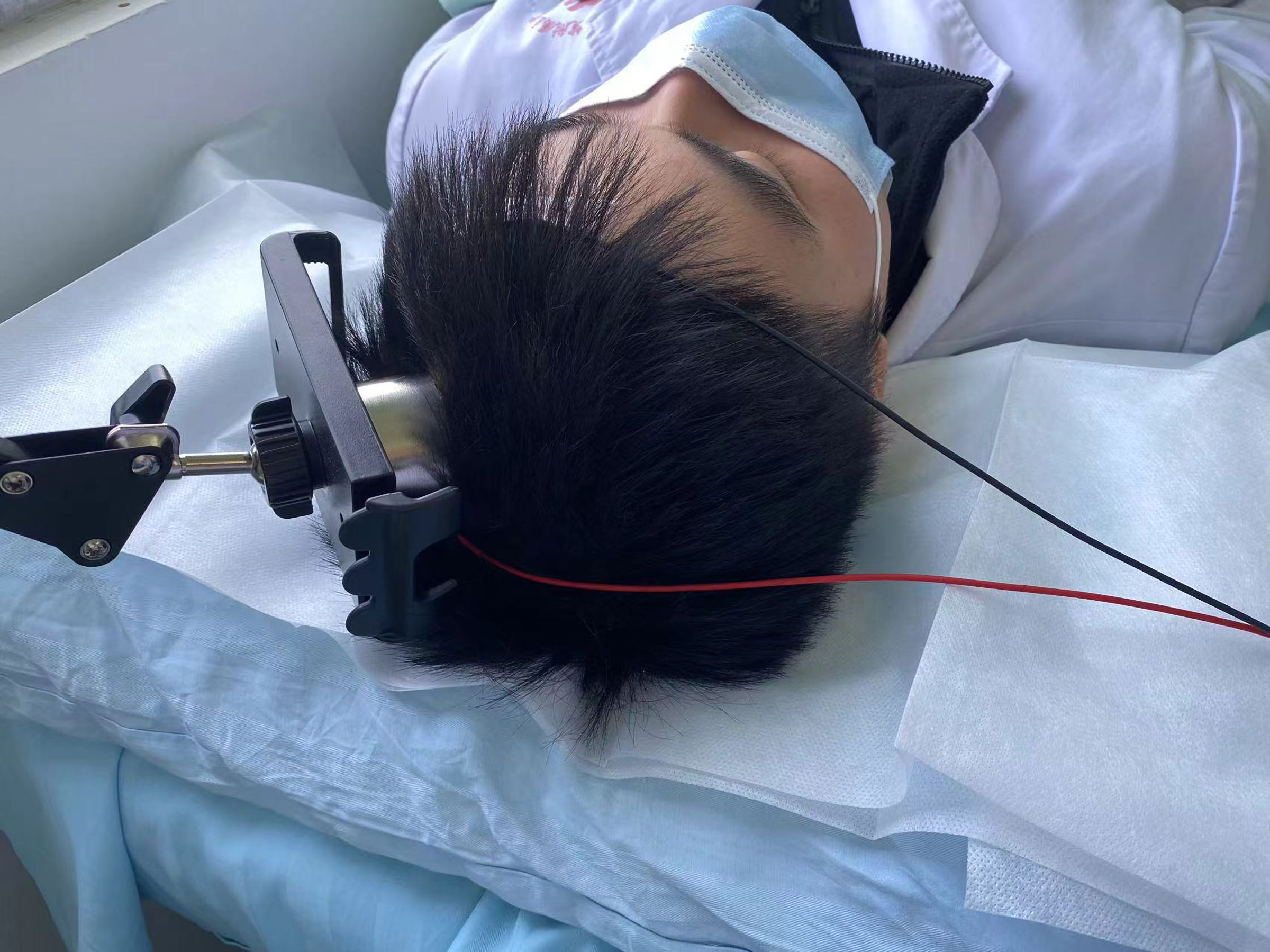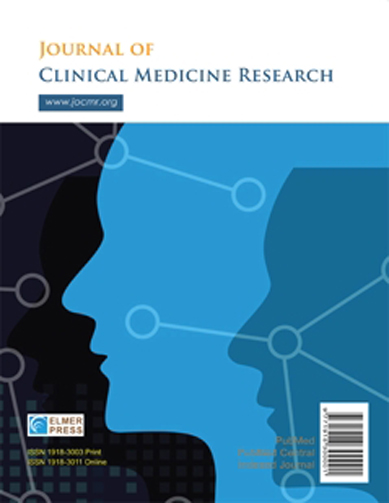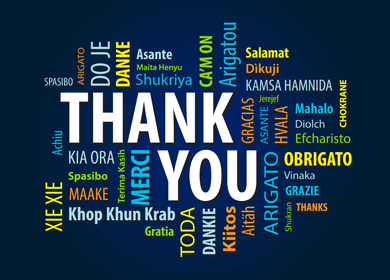Temporal Dynamics of Moderate-Intensity Transcranial Static Magnetic Stimulation in Young Adults
DOI:
https://doi.org/10.14740/jocmr6130Keywords:
Transcranial static magnetic stimulation, brain stimulation techniques, somatosensory evoked potentials, neuromodulation, neurorehabilitationAbstract
Background: Transcranial static magnetic stimulation (tSMS) as a new noninvasive brain stimulation (NIBS) technique is gradually gaining widespread attention. This study aims to investigate the effects of tSMS on the excitability of the somatosensory cortex in healthy adults.
Methods: Forty healthy volunteers were recruited and randomly assigned to either the intervention group (tSMS) or the control group (sham), with 20 participants in each. The intervention group received 30 min of 180 mT neodymium magnet stimulation at the C3 site, while the control group underwent sham stimulation with a non-magnetic cylinder. Electrodes were placed at the C3 and Fz sites according to the 10-20 system. Somatosensory evoked potentials (SEPs) N20 component amplitudes were measured at baseline, immediately after stimulation (0 - 2 min), 5 - 7 min, and 10 - 12 min post-stimulation to evaluate the effects on cortical excitability.
Results: Following 30 min of static magnetic stimulation, the SEP N20 component amplitude at the C3 site in the tSMS group decreased by an average of 13.2%, with a significant reduction of 13.7% within 0 - 2 min post-stimulation (P < 0.001). This decrease persisted at 5 - 7 min, with a reduction of 16.6% (P < 0.001), and diminished to 9.3% at 10 - 12 min (P = 0.034). Significant differences were observed between time points and groups (P = 0.003). In the control group, no significant changes were observed in SEP N20 component amplitude throughout the experiment (P = 0.382), and there was no significant difference between the two groups (P = 0.195).
Conclusions: These results confirm that a single session of tSMS effectively inhibits cortical excitability in the somatosensory cortex of young adults. This finding underscores the potential of tSMS as a promising, noninvasive brain stimulation technique with broad future applications.

Published
Issue
Section
License
Copyright (c) 2024 The authors

This work is licensed under a Creative Commons Attribution-NonCommercial 4.0 International License.









